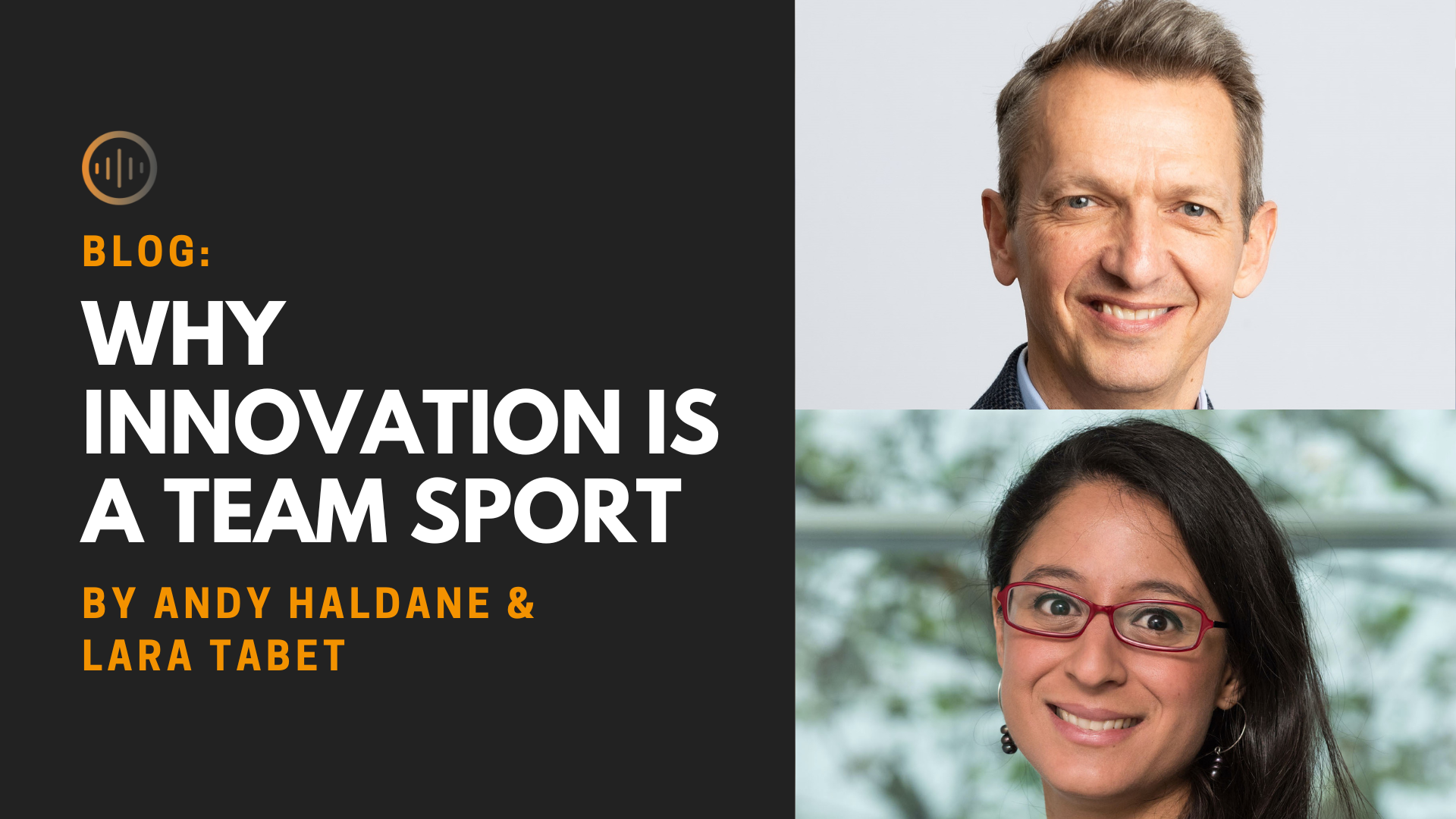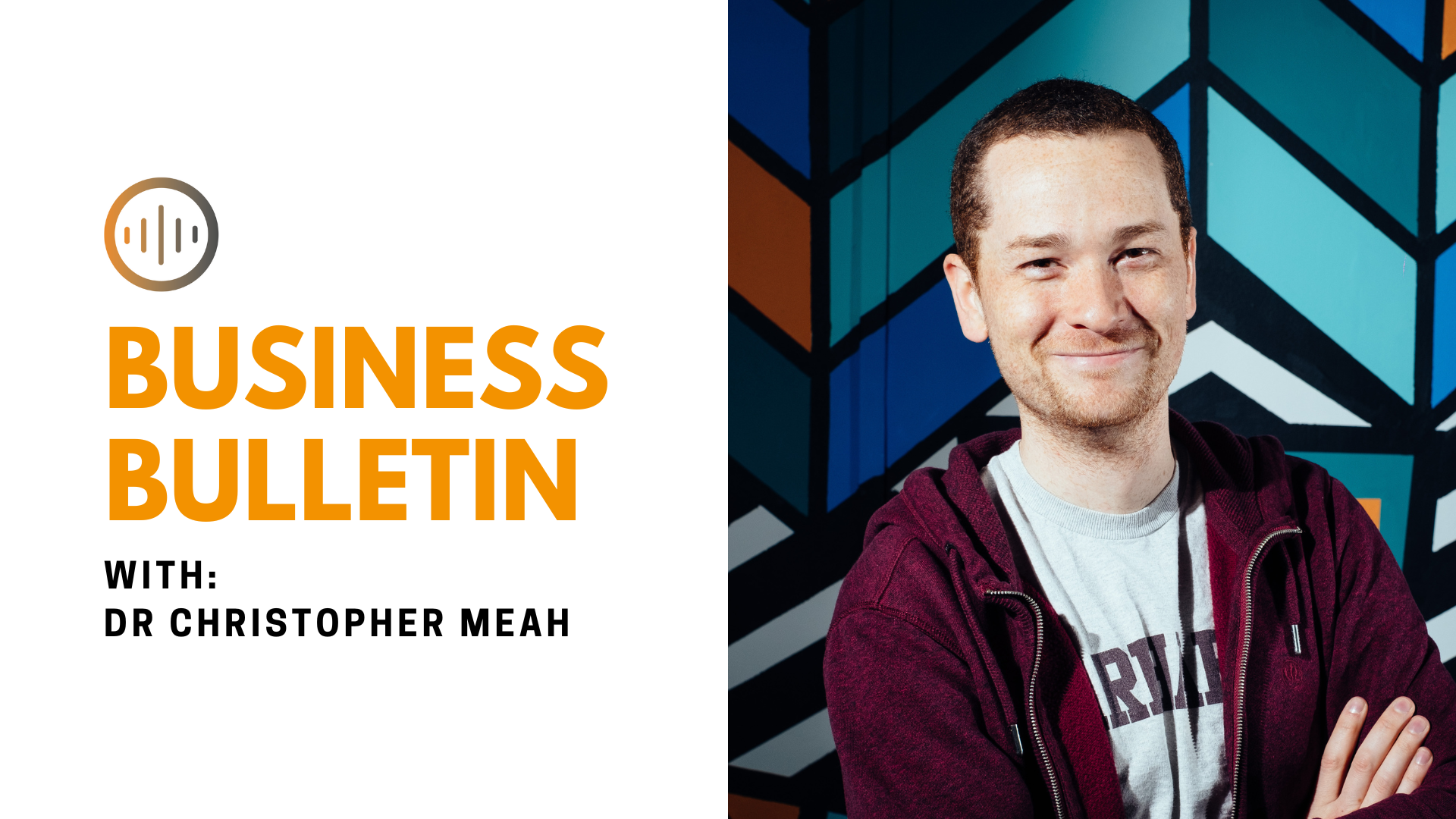

“Comparing the capacity of computers to the capacity of the human brain, I’ve often wondered, where does our success come from? The answer is synthesis, the ability to combine creativity and calculation, art and science, into a whole that is much greater than the sum of its parts”
– Garry Kasparov, former World Chess champion
Business success is built on productivity and productivity growth is rooted in innovation and creativity. But where do innovation and creativity themselves come from?
If you read business books or listened to mainstream media, you would think the key lies in technical brilliance, idiosyncratic acts of entrepreneurship and singular, breakthrough ideas. People exhibiting these attributes are often lionised by investors and the general public as trailblazing geniuses – the Jobs and Musks. Yet if we look at the deep sources of creativity and innovation, and how they transform productivity and business fortunes, a somewhat different pattern typically emerges.
Let’s start with ideation. Centuries of evidence suggest ideas are rarely hatched in a silo and rarely sourced in a single individual. Rather, they arise from the application of existing ideas to a different context or domain; or they arise from the synthesis of competing or sometimes conflicting hypotheses or ideas. In that sense, no idea is truly original and no individual truly has ownership over it. Every “genius” who has seen further has stood on the shoulders of giants – and probably lots of them.
When it comes to the propagation of that idea, within an organisation or an industry and within wider society, the self-same is true. Indeed, the more singular and siloed the approach, the lower the chances of that idea materialising and propagating more widely. Without either innovation or its wide spread adoption, neither productivity nor business fortunes have any chance of being transformed, whoever is the CEO.
The UK is a case in point. With its rich start-up landscape, it ranks highly in measures of intellectual property, research and patents. But its scale-up and productivity performance is miserable and the dynamism of its corporate sector is lacking. That is because UK companies and institutions do a poor job propagating those innovations within and across organisations, industries and sectors. The same is true of innovation and its diffusion across government departments who often spread their funds and energies too thinly, and where co-operation and co-ordination is often weak.
We live in a time where challenges are increasingly complex, funds increasingly limited, opinions increasingly polarised and narratives increasingly divisive. It is especially in times like these that synthesis and consensus-building are valuable virtues to foster. Bringing together two seemingly opposing sides of an idea is often exactly when innovation flourishes and real value is added.
So what might be done differently to nurture synthesis among individuals or within organisations, and wider society?
Starting with individuals, skills such as mediation, translation, communication, negotiation, integration and compassion are all undervalued attributes in the professional world, yet are crucial to the act of synthesising. Remedying this, calls for reorientation of our education and learning systems to ensure those human attributes are recognised, rewarded, and developed from the earliest years and on a life-long basis. These human skills also happen to be the ones that are least likely to be replaced by AI or Machine Learning.
In business organisations, the need for a wholesale shift in culture and processes is every bit as great. That means a reconfiguration of recruitment, training and promotion systems to be adapted to recognise, reward and develop teams with diverse but complementary skills and who excel at synthesising disparate strands of thinking. That also means fostering a culture built on curiosity, collaboration, and collegiality, which has been a priority for one of the authors, through the set-up of the Global Arup Integrators network, within the firm they work for.
In wider society, there is a pressing need for institutions that create a platform for the constructive challenge and synthesis of ideas drawn from across a wide spectrum of disciplines, professions and sectors. This is something the RSA (one of the authors’ home institution) has been doing for the last 270 years. And this cross-pollination is something that vocL (the other authors’ network partner) has recently been set up to deliver.
In a world where AI and Machine Learning offer the opportunity -cum – challenge of the century, what will successful leaders look like? They are less likely to look like the Jobs and the Musks, and more likely to be champions of consensus, compassion and synthesis. Innovation and transformation will be even more of a team sport than they have been in the past. But to achieve that will require a radical rethink and a consistent reformation of the institutions, systems, and cultures we have in place today.
By Andy Haldane & Lara Tabet


